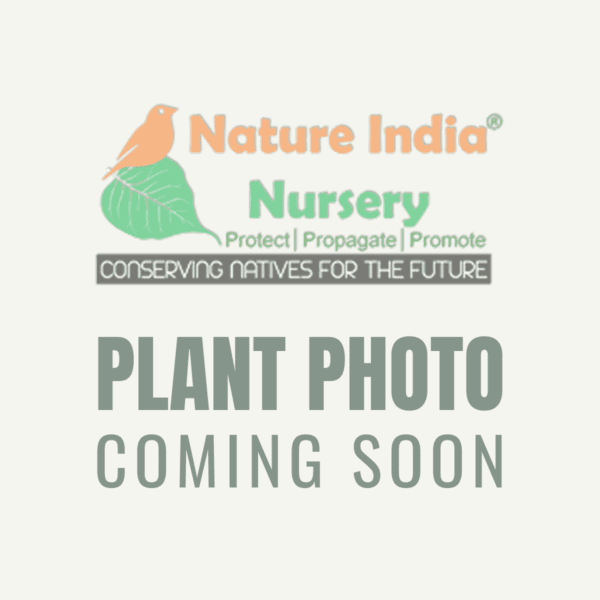Pterygota alata, also known as Buddha’s Coconut or Kasah, is a large and impressive tree that can grow up to 40 meters tall. This tree is commonly found in tropical and subtropical regions of South and Southeast Asia, where it thrives in moist forests and along riverbanks. Its distinctive leaves are big, broad, and oval-shaped, with a leathery texture and noticeable veins running through them. The tree produces beautiful, reddish-brown flowers that resemble small bells and grow in clusters, adding to its ornamental value.
The fruit of the tree is a large, woody capsule that splits open when it matures, revealing up to 40 seeds, each with wings that help them disperse on the wind. This unique reproductive strategy allows the tree to spread its seeds effectively, contributing to its success in its native habitats. The tree’s ecological significance extends beyond its physical characteristics, as it provides a valuable food source for various wildlife species, including pollinators and birds.
Habitat
Pterygota alata is commonly found in tropical and subtropical regions of South and Southeast Asia, typically growing in moist forests and along riverbanks.
Planting and Care
-
Propagation: The tree can be propagated by seeds, which germinate within a few weeks under optimal conditions.
-
Soil: Prefers well-drained, fertile soil.
-
Watering: Requires regular watering, especially during dry periods.
-
Sunlight: Thrives in full sun.
Additional Information
-
Economic Value: The seeds are rich in oil, which can be used for industrial and medicinal purposes. In some cultures, the edible seeds are used as a substitute for opium.
-
Ornamental Value: Often planted in parks and large gardens for its ornamental appeal. Used in landscaping for its large size and attractive flowers.
-
Conservation Status: Pterygota alata faces threats from deforestation and habitat loss due to logging and agricultural expansion. Conservation efforts focus on sustainable harvesting and reforestation programs in affected areas.
-
Wildlife Significance: Flowers attract pollinators like bees and butterflies. Seeds are consumed by certain bird species.




